Earlier this year, a new survey from McKinsey & Company, spanning approximately 7,500 consumers across six countries, revealed that 79% of respondents said that they believe wellness is important, and 42% consider it a top priority. What’s more, interest in wellness is growing, with consumers taking a more sophisticated view of what wellness means, beyond just fitness or nutrition (though those are also important).
As more people prioritize their health and wellness, brands have aligned their values with those of their customers. These changes have influenced the world of advertising and visual marketing too. Over on Getty Images, consumer searches for “meditation,” “mindfulness,” “mental health,” “yoga at home,” and “outdoor fitness” have all risen in recent months.
For commercial photographers, wellness-themed photoshoots can be a great way to tap into your community; celebrate authentic, real-life stories; and capture timely, trending themes. It’s an area that’s ever-evolving, so it offers plenty of opportunities for reinvention and discovery, especially in a post-pandemic world. Here are our tips for incorporating these sessions into your Licensing portfolio.
Tip #1: Beware of cultural appropriation
As we mentioned in our recent article Five tips for revisualizing yoga in commercial Licensing, it’s important for everyone in the wellness industry to be aware of the dangers of cultural appropriation. Many of these wellness practices, including yoga, meditation, reiki, acupuncture, and countless others, come from communities of color. The packaging of yoga as a “fitness trend” rather than an ancient spiritual practice, created in India, is just one example of how a number of cultural traditions have been whitewashed in advertising and media.
As image-makers, photographers are responsible for helping to correct these harmful misrepresentations. That means studying the history and meaning of any wellness practice you’d like to document and collaborating closely with experienced cultural practitioners who can help guide you. If the practice you want to photograph originated with a specific community, reach out to practitioners from that community. Listen, learn, and have them take the lead in how they are represented. Make them the heroes of the story you tell.
Tip #2: Put diversity and inclusivity first
For too long, health and wellness have been associated with privilege: white privilege, thin privilege, class privilege, and more. But thankfully, the media has shifted in recent years to champion more diverse bodies and voices in the wellness space. Cosmopolitan UK’s This Is Healthy covers for February 2021, featuring 11 women and their thoughts on why wellness isn’t “one size fits all,” is one example.
Showing one type of body at the exclusion of all others perpetuates the myth that wellness is only for some people (usually, rich, thin, young, white people) and not others, so take care to show the true diversity of the activity or practice you’d like to document. Reaching out and connecting with BIPOC leaders in specific practices, like yoga, is the first step toward doing just that. Working with experienced practitioners instead of professional models or actors is another way to honor real-life stories.
Another thing to consider is how you represent health and wellness: are you photographing mental health and spiritual wellbeing in addition to physical health? Meditation and mindfulness practices, for example, can help reduce stress and loneliness. Focus on that body and mind connection, and document the journey rather than the destination.
You can do this by celebrating personal milestones and moments of self-care, agency, and self-love for people of all ages, backgrounds, and abilities. Health and wellness are different for everyone, so work with people who are just beginning a wellness practice and those who have been doing it for years. Explore both mainstream methods of self-care and newer, emerging practices. The more you talk with your collaborators and models about what wellness means to them, the better equipped you’ll be to help them tell their stories.
Tip #3: Engage the senses
One way to highlight the manifold benefits of someone’s personal wellness practice is to tap into all the senses: the sight of significant plants or meaningful objects collected by the practitioner; the sounds of rustling trees, handmade instruments, or healing bowls; the smell of the oils used in aromatherapy; the taste of a cup of tea or healing foods. Touch can be expressed through self-care practices like massage, gardening, or even art therapy.
To highlight the beauty of the present moment, you could show steam rising from a cup of tea, the practice of breathing deeply, or the beads of sweat that come with intense exercise. It might be as simple as the feeling of grass underfoot or reconnecting with nature. It will vary based on your model and activity, but including references to the five senses can help you create more immersive, relatable pictures that stand out to buyers.
Tip #4: Make it personal
Working with your models to document their real-life practices and self-care rituals will yield more authentic, relatable images. Definitions of wellness are unique to the individual. For one person, it could mean benefiting from the healing properties of turmeric, used for centuries in South Asian countries; for another, it could mean making time for a daily mindfulness practice.
“It can be anything from meditation to going to the gym,” the 500px team explains. “It can be jogging, crafting or creating, simply being outside, or just taking a walk.” Some might connect with a practice with spiritual components, and others might be looking to meet specific health goals. Some people might even incorporate different tools or accessories into their wellness practice, from homemade mats or towels to pillows and sandbags.
Another timely detail to consider might be wearable health and wellness technology, used to track exercise or monitor vital signs. More people are taking control of their health using these devices, with the use of wearable tech tripling in the last four years (more than 80% of consumers say they’re willing to wear fitness tech).
According to research from McKinsey, 88% of consumers say they prioritize personalization as much or more in their wellness routines as they did two or three years ago. When incorporating technology, apps, or devices that enable in-depth personalization, just remember to avoid any branded details, logos, or designs, as these are the intellectual property of the manufacturer. Keep it simple and generic.
Remember to take a storytelling approach to this kind of photoshoot. Follow your models as they prepare their space, and fade into the background as they get into their element. Look for important details to focus on in the environment, and capture the steps that make someone’s practice unique or special.
Tip #5: Incorporate the environment
Speaking of the environment, a person’s surroundings can tell us a lot about their health and wellness practice. As we mentioned in our article about yoga, your shoot doesn’t necessarily have to take place in an expensive gym or studio. Last year, people got creative with their spaces at home, using what they have on hand and making the most of lockdowns.
One survey from The New Consumer and Coefficient Capital found that 76% of people tried working out at home during the pandemic, and 66% preferred it. You can work with your model to style their space, removing any branded elements and inviting their input on important details that showcase their individuality. (Just remember to have the tenant or owner sign a property release first.)
Natural, outdoor settings are also ideal for wellness-themed photoshoots, especially if the wellness practice you’re photographing incorporates the natural world or environment. This summer, a survey conducted by OnePoll on behalf of the health and fitness app Verv found that the pandemic has inspired people to spend more time outside, with some opting for outdoor-specific activities like walking, running, or biking. When organizing a session, scout your location, and aim to be there during the golden hour for beautiful sunlight.
Not on 500px yet? Click here to learn about Licensing with 500px.


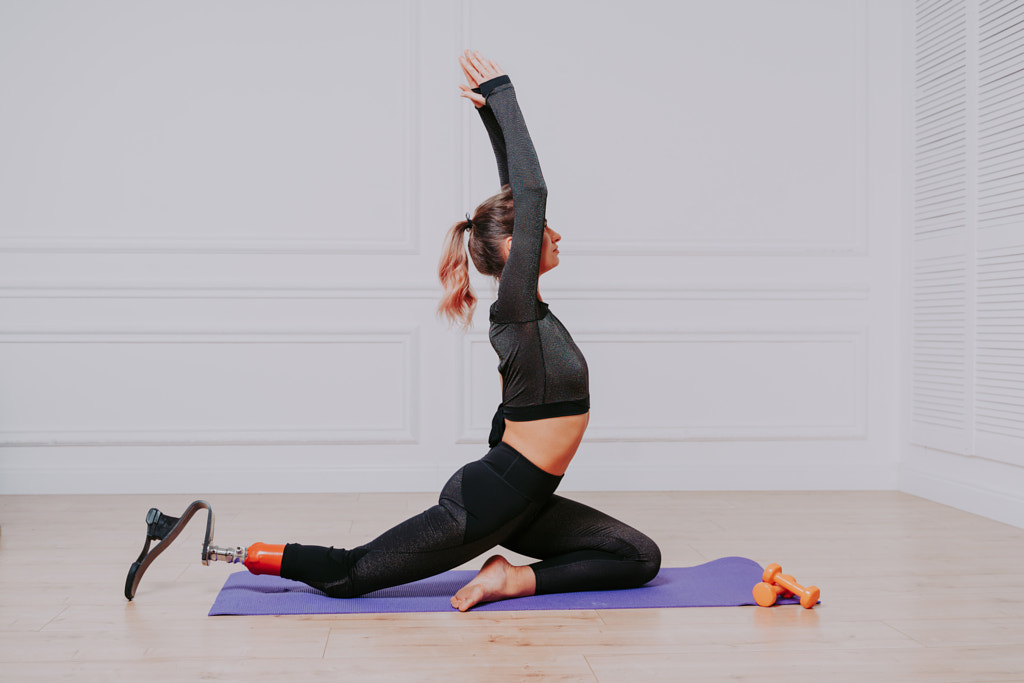
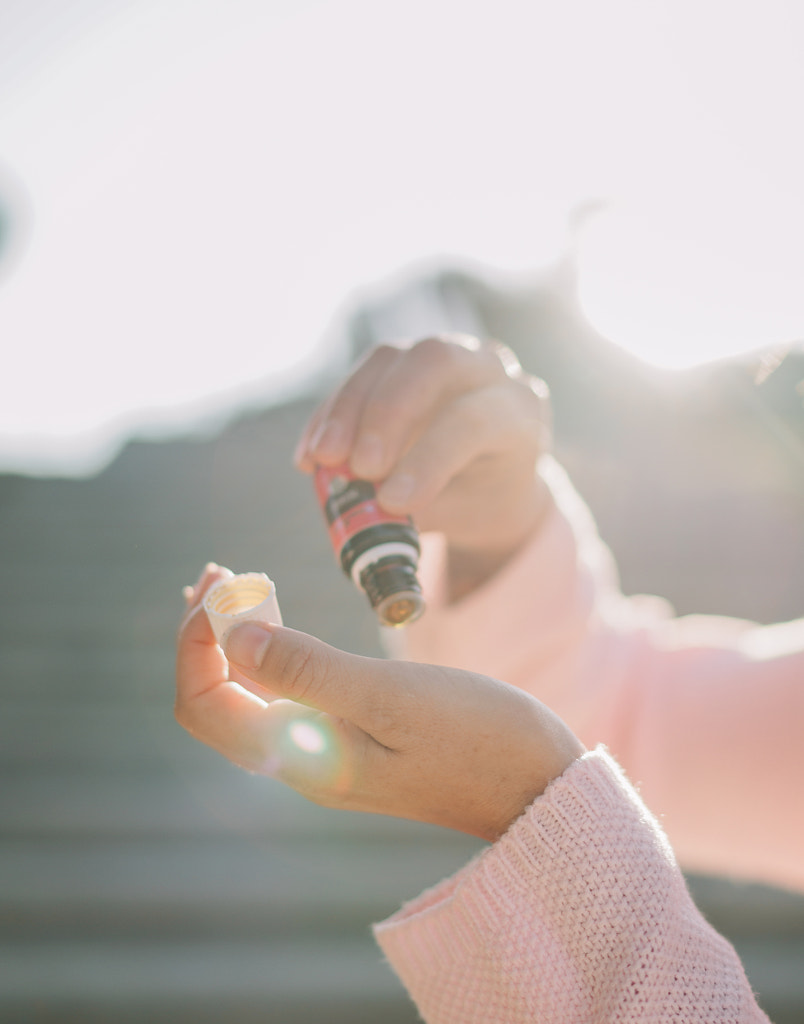
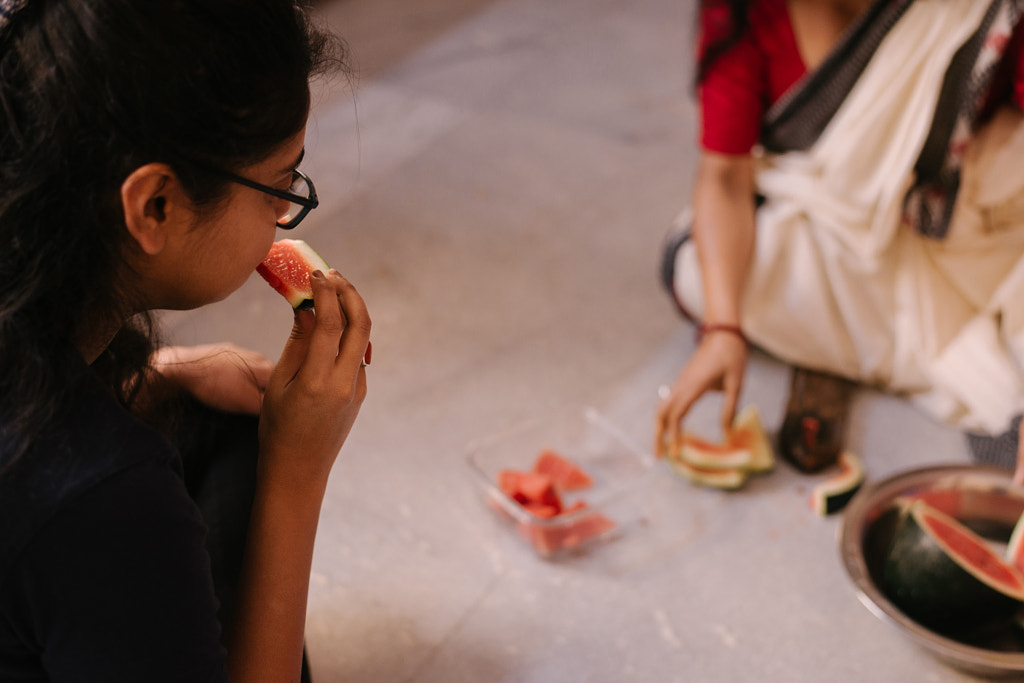
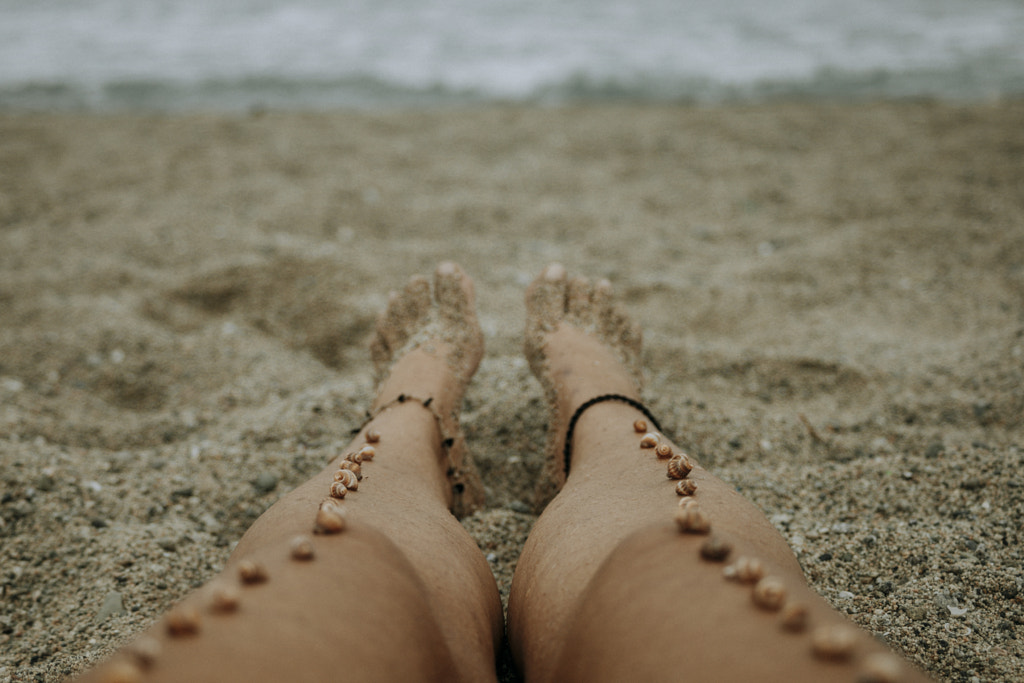
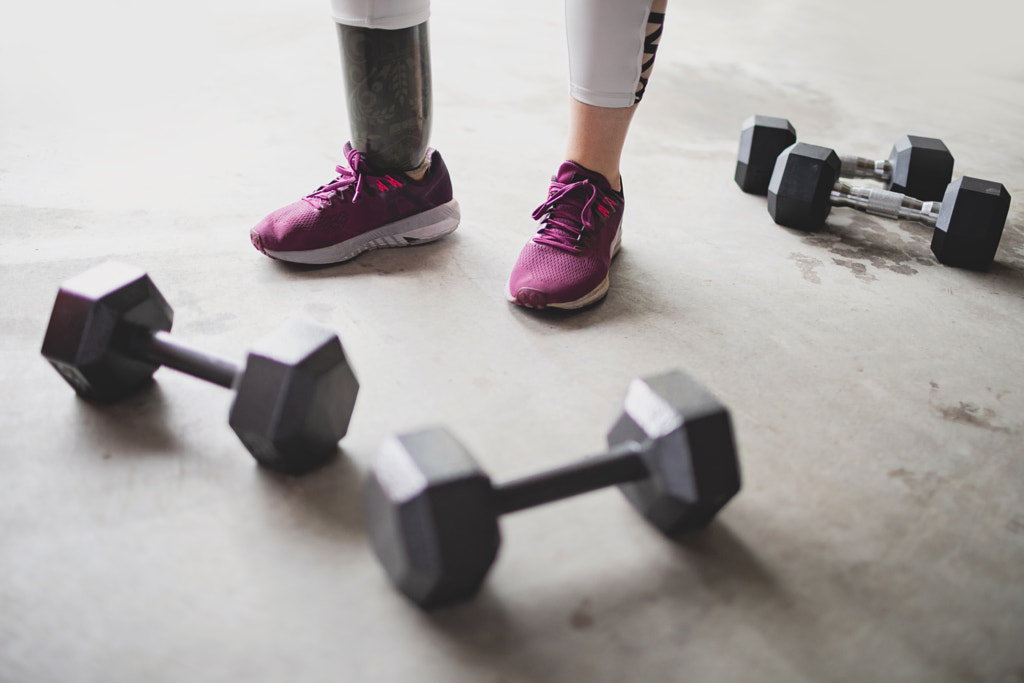
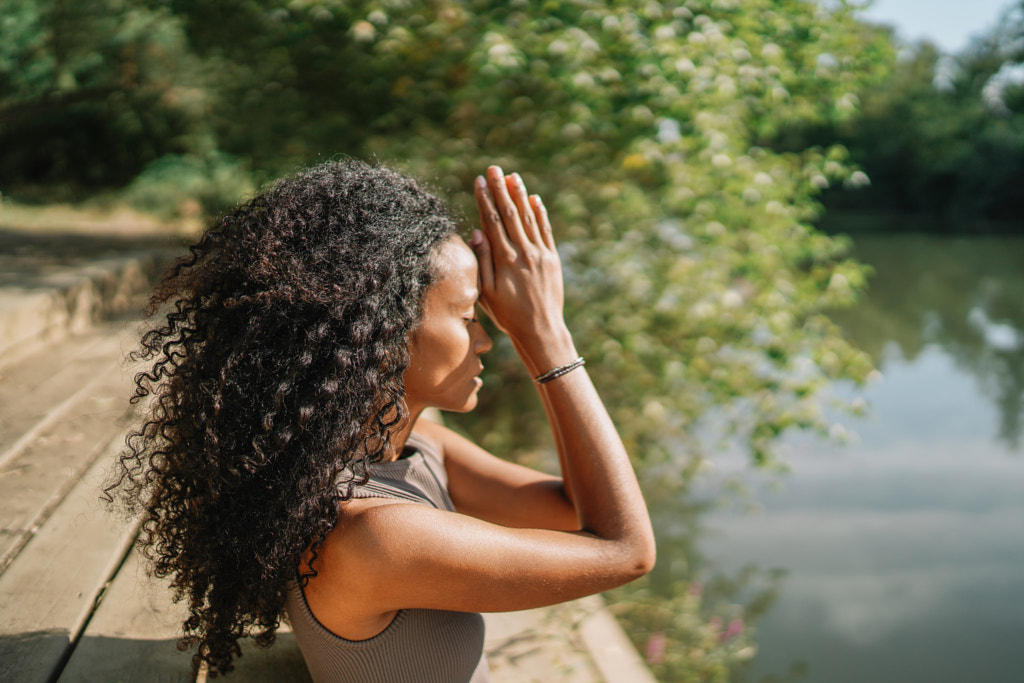
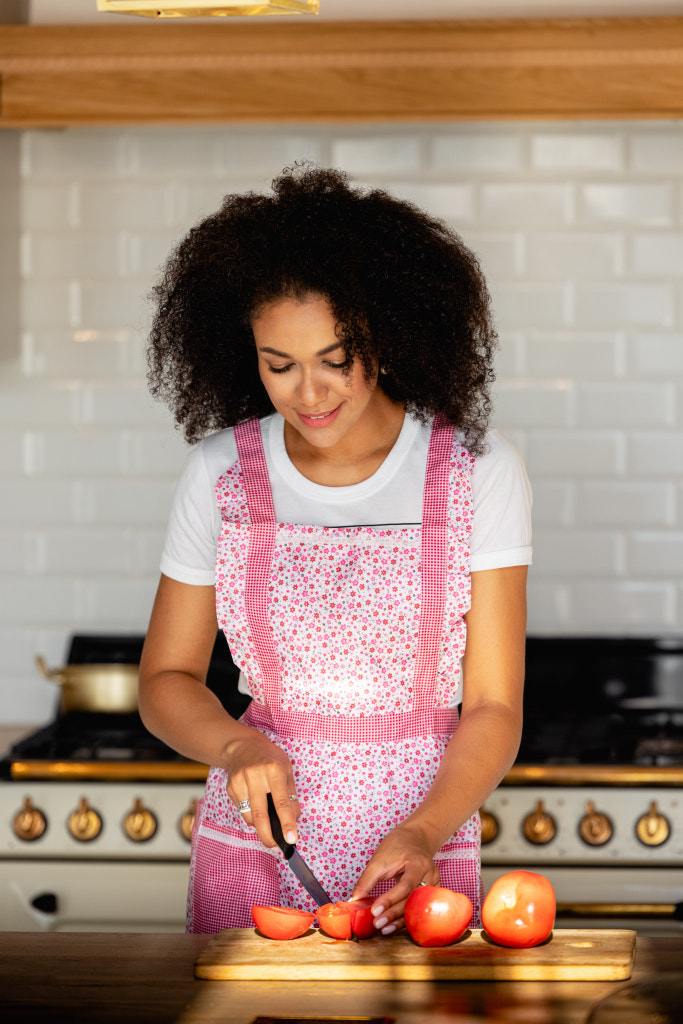

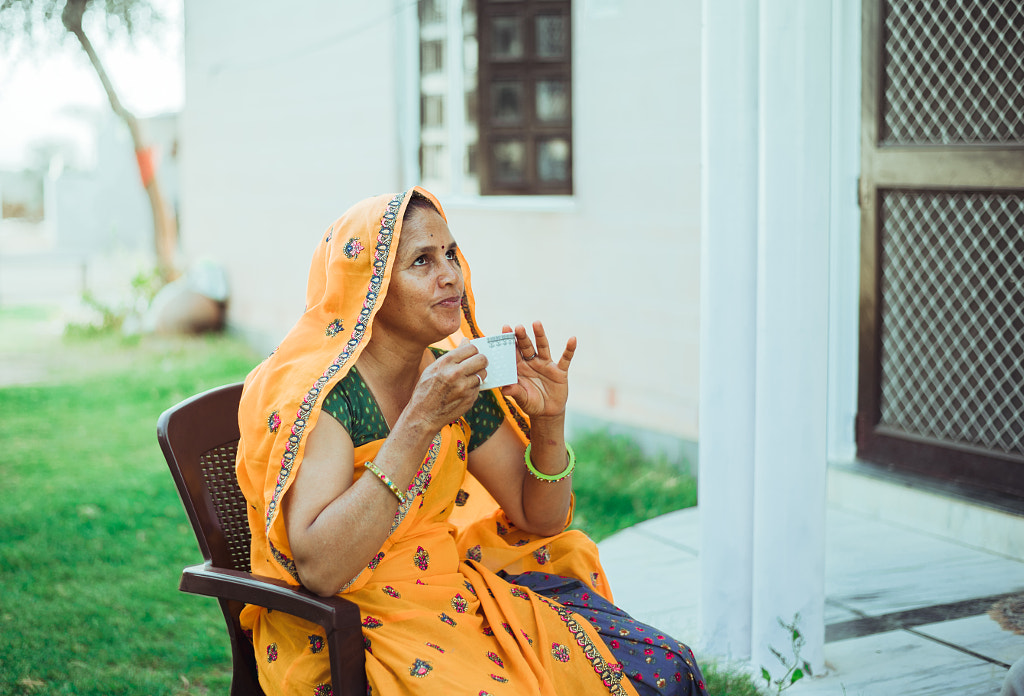
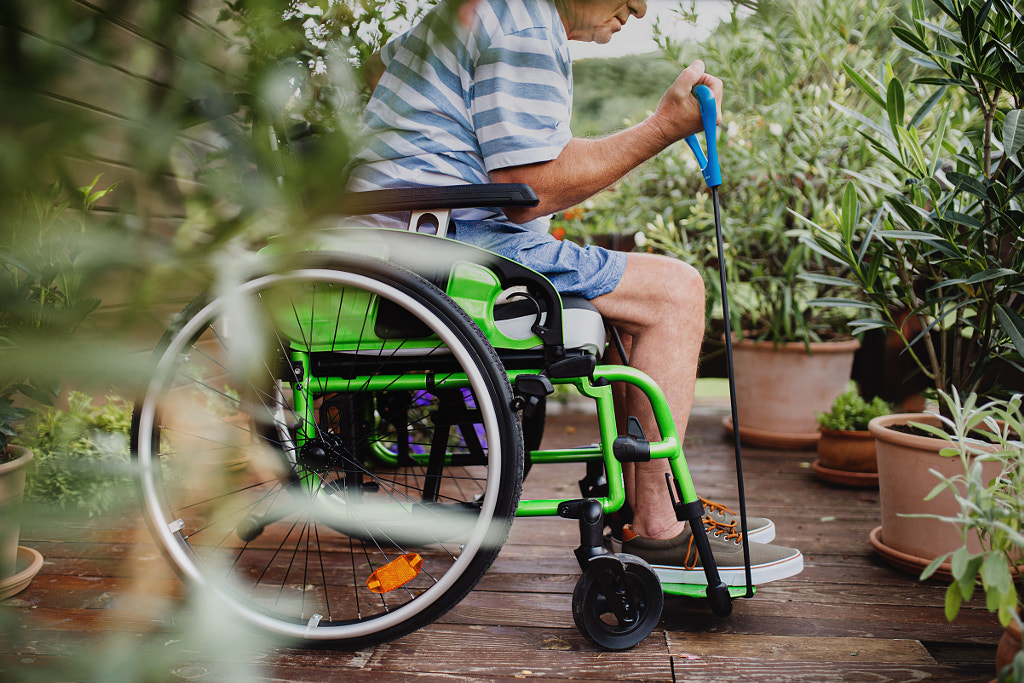
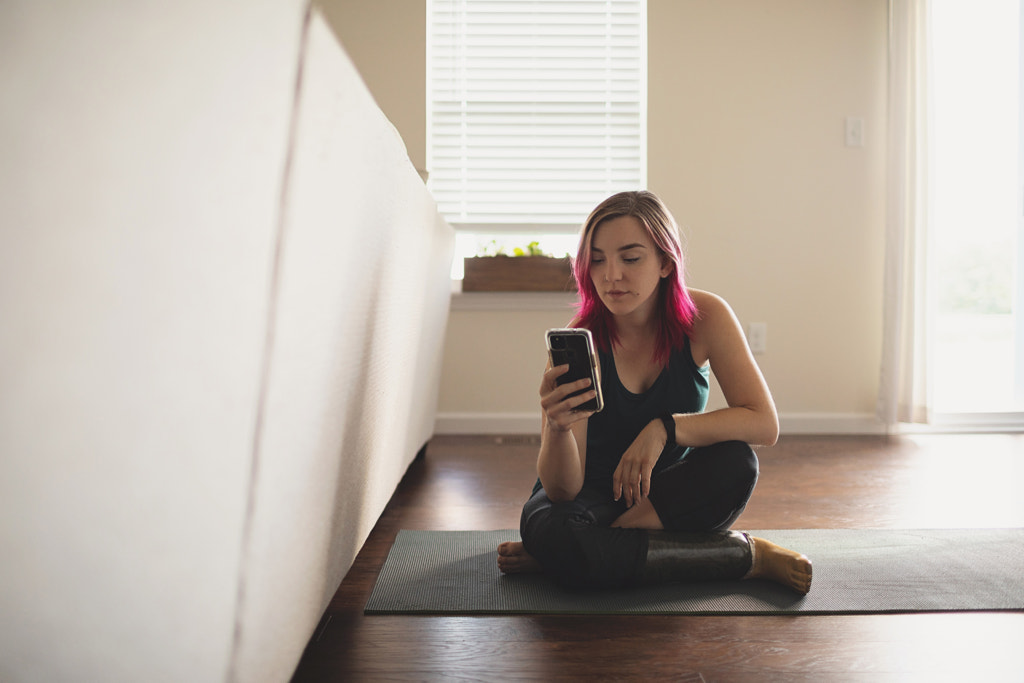




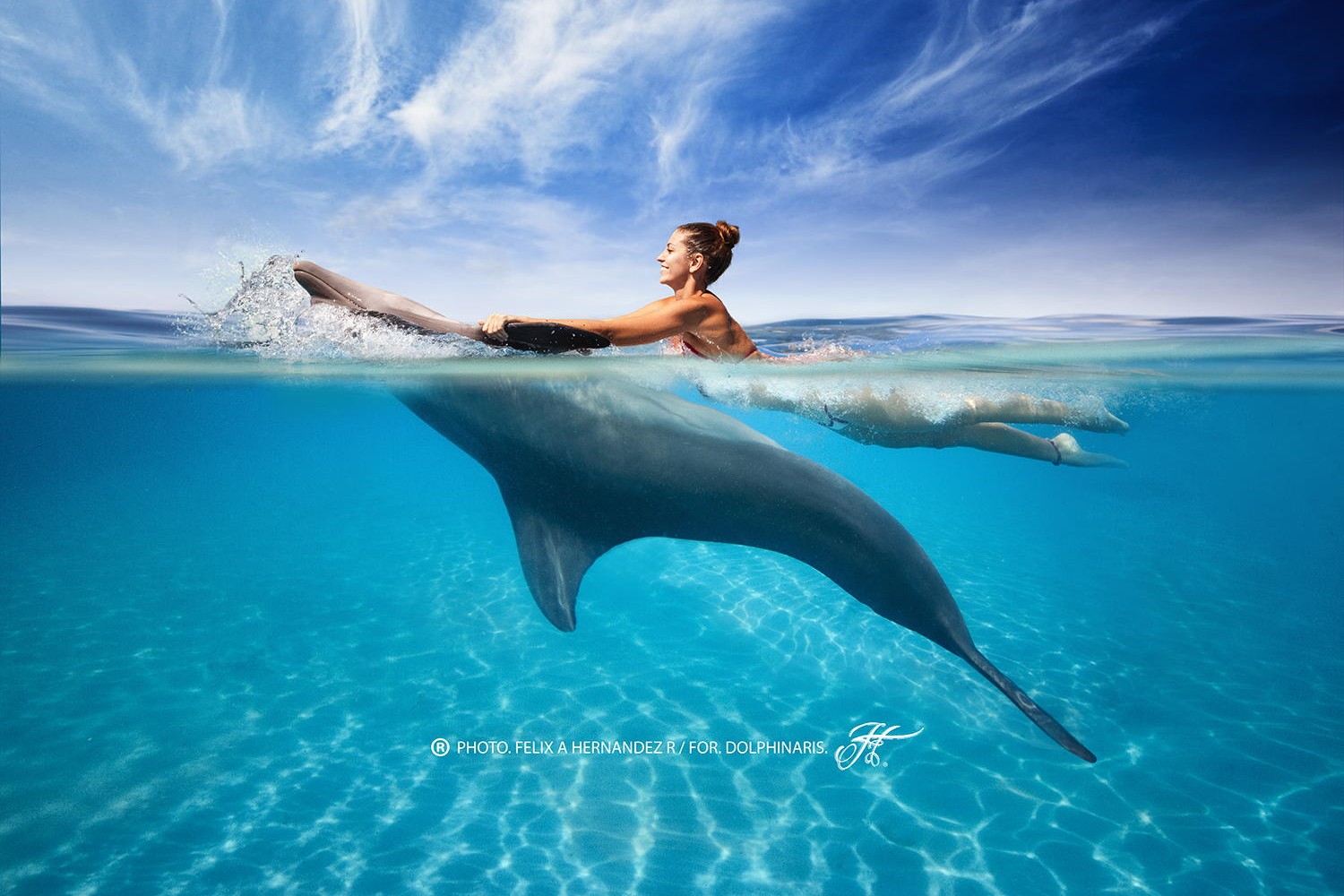
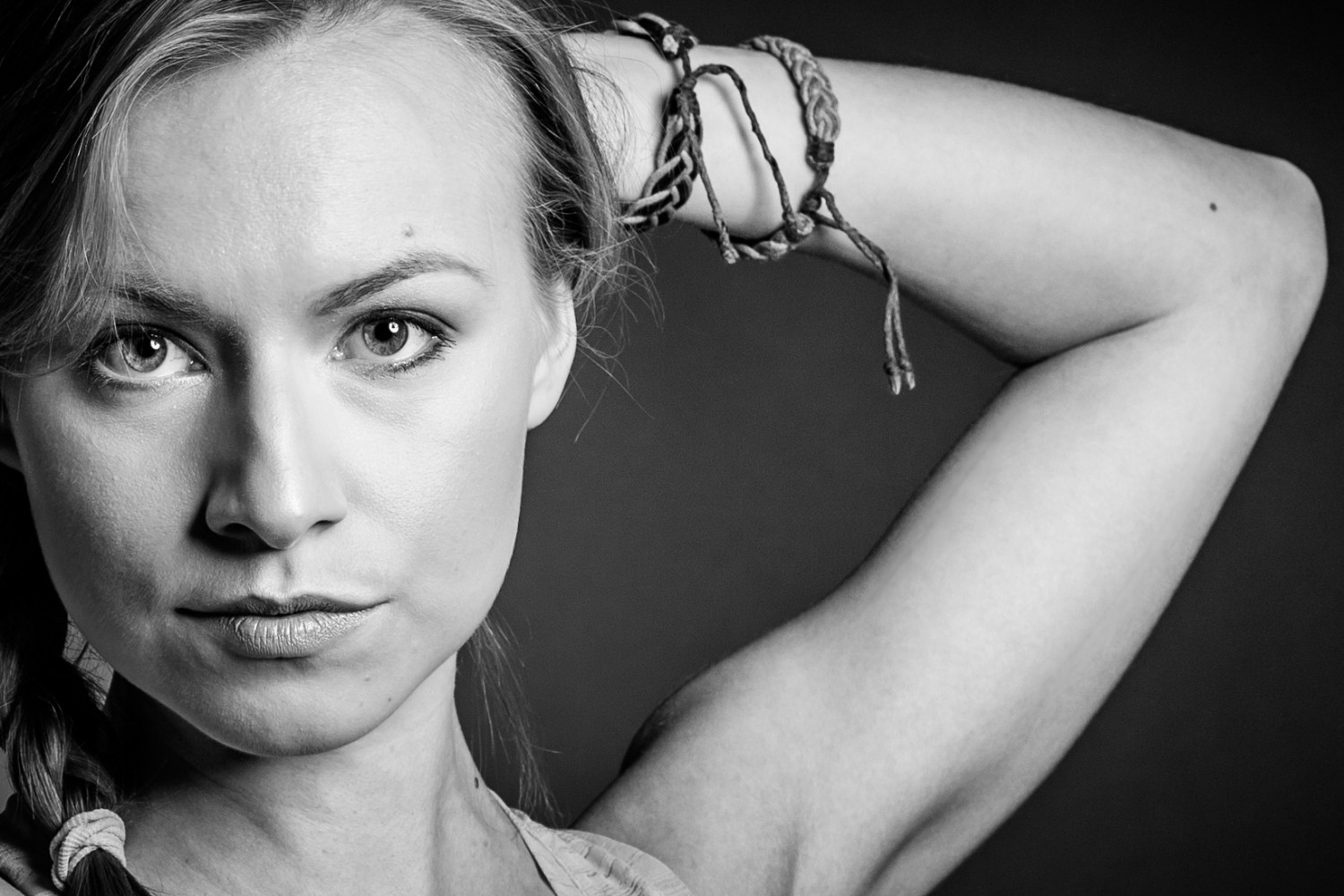
Leave a reply